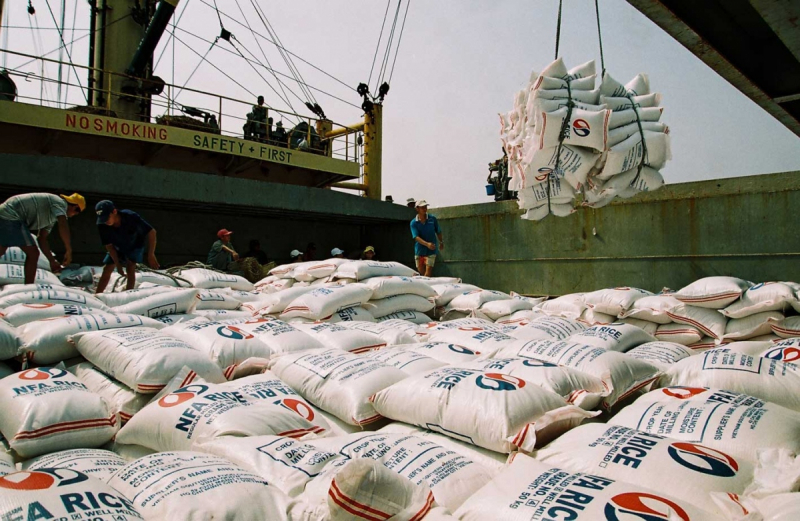Rice exports maintain growth momentum
Vietnamese rice exports during the first quarter of the year witnessed robust growth in both traditional and potential markets, with the number of rice export orders and price rising sharply, heard a meeting held on April 26 in Ho Chi Minh City.

Tran Quoc Toan, deputy director of the Import-Export Department, said the nation exported more than 1.85 million tonnes of rice worth US$981 million, representing an increase of more than 23% in volume and 34% in turnover compared to same period from last year.
The average export price stood at US$529 per tonne, up nearly 9% compared to the same period from last year. Most notably, the export price of 5% broken rice ranked first in the world, higher than that of the same type coming from Thailand and India.
Toan revealed that strong rice export growth was recorded in both traditional and potential markets, with the export value to the EU witnessing robust growth of nearly 50% thanks to high-quality fragrant rice varieties.
This situation indicates that the quality of Vietnamese rice has been increasing, duly meeting the requirements of fastidious markets, with great potential to expand outlets and increase market shares moving forward.
Deputy Minister of Industry and Trade Nguyen Sinh Nhat Tan pointed out that the strong export growth can be attributed to the appropriate structure of rice varieties, including fragrant rice, sticky rice, white rice, and organic rice.
This can be seen as rice exports have maintained growth in traditional markets like the Philippines, China, Indonesia, and Singapore, said Tan.
Nguyen Ngoc Nam, chairman of the Vietnam Food Association, predicted that in the last months of the year, food prices will continue to fluctuate due to the impact of climate change and conflicts involving countries seeking to increase their food reserves.
Nam said that the demand for rice imports in traditional Vietnamese markets such as the Philippines, China, Indonesia, and African countries have increased.
In European countries, due to the Russia-Ukraine conflict, the demand for food reserves has increased, a factor that has helped local rice exporters to benefit.

